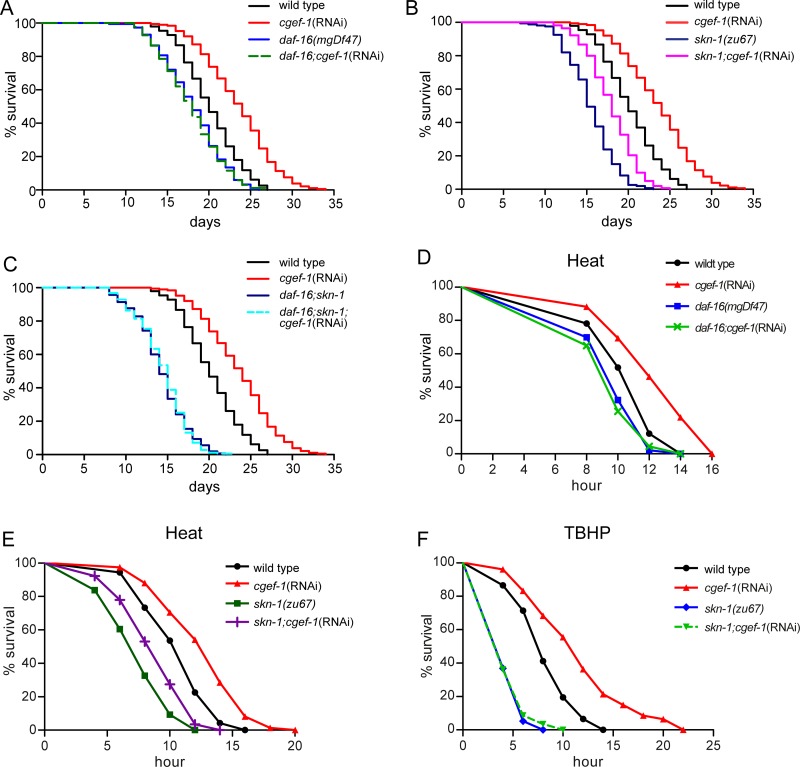Figure 3. cgef-1 regulates lifespan and stress response through the transcription factors DAF-16/FoxO and SKN-1/Nrf2.
(A) Lifespan extension deriving from loss of cgef-1 function requires daf-16 function. (B) cgef-1(RNAi) extends lifespan in skn-1 mutants. (C) Lifespan of daf-16;skn-1 double mutants is unaffected by cgef-1(RNAi). In the lifespan experiments shown in (A–C), wild type N2, daf-16(mgDf47), skn-1(zu67), or daf-16(mgDf47);skn-1(zu67) mutants were fed with cgef-1(RNAi) or control(RNAi). Survival plots show composites from three experiments. See also Table 1 for statistics. (D) cgef-1(RNAi) increases resistance to heat (35°C) dependent upon daf-16 function. (E) skn-1 is not required to protect against heat stress. (D-E) Wild type N2, daf-16(mgDf47), or skn-1(zu67) mutants worms were fed with cgef-1(RNAi) or control(RNAi). Data from a representative experiment are shown in which animals were exposed to 35°C. Replicates and statistics are presented in Supplementary Table 2. (F) The oxidative stress resistance phenotype (TBHP) of cgef-1(RNAi) requires skn-1 function. Wild type N2 and skn-1(zu67) mutants fed with cgef-1(RNAi) or control(RNAi) were exposed to 7.5 mM TBHP. A representative experiment is shown. See Supplementary Table 3 for replicates and statistics.

